| Phenols are found in some of the healthiest foods and supplements we consume. The foods highest in phenols are all berries, dark-skinned grapes, pomegranates and other fruits with dark red and purple pigments. In many cases it's the phenols that make them healthy. There's a flip side to phenols though. It's a perfect example of "too much of a good thing". I'll explain here all of the health benefits of phenols, how the body processes them, how things can go wrong, symptoms of too many phenols and what to do about it. |
| Phenols are technically chemical compounds that contain a hydroxyl group (-OH) attached to an aromatic hydrocarbon group (ring of carbons). They are found as simple phenols (image 1) and polyphenols that contain many carbon rings (image 2). Because they can take many shapes and sizes they have many different functions within our bodies and the environment. The phenols discussed here are those found in food that have health benefits. There are also synthetic phenols, phenols made in the body (dopamine, epinephrine, estrogen, et al) and phenols from the environment that have estrogen and endocrine disrupting properties. |
The polyphenol that has been most tested for it's impact on those with Down syndrome due to it's known ability to inhibit DYRK1A expression is EGCG (Epigallocatechin gallate). Researchers in Spain tested EGCG in children with Down syndrome and found it "significantly reverses cognitive deficits in a pilot study in DS individuals with effects on memory recognition, working memory and quality of life" (8). EGCG has also been shown to play a role in preventing Alzheimer's disease which occurs in 100% of those with Down syndrome (9).
- Sulfate is absorbed in the gastrointestinal tract via a sodium-sulfate symporter, meaning sodium is needed for sulfate to be absorbed. These transporters can become saturated or filled up during each meal, so eating sulfur containing foods with each meal is the ideal way to raise sulfate levels within the blood. In addition, some bacteria in the gut can convert sulfate to sulfide, making it unavailable. So, sulfate can be difficult to absorb in the gut.
- Two sulfur containing amino acids obtained from the diet are methionine and cysteine. Obtaining sulfur from cysteine first involves cysteine being converted to cysteine sulfinic acid by the cysteine dioxygenase (CDO) enzyme. This enzyme is B6, iron and histidine dependent.
- Cysteine sulfinic acid can then become either taurine or sulfite. The sulfoxidation enzyme (SUOX) converts sulfite, which is toxic, to sulfate. This enzyme is very dependent on the mineral molybdenum.
| Symptoms of phenol overload include:
|
- www.ncbi.nlm.nih.gov/pmc/articles/PMC2835915/Kampa M., Nifli A.P., Notas G., Castanas E. Polyphenols and cancer cell growth. Rev. Physiol. Biochem. Pharmacol. 2007;159:79–113.
- Habauzit V, Morand C. Evidence for a protective effect of polyphenols-containing foods on cardiovascular health: an update for clinicians. Therapeutic Advances in Chronic Disease. 2012;3(2):87-106.
- Hügel HM, Jackson N. Polyphenols for the prevention and treatment of dementia diseases. Neural Regeneration Research. 2015;10(11):1756-1758.
- Santangelo C., Varì R., Scazzocchio B., Di Benedetto R., Filesi C., Masella R. Polyphenols, intracellular signalling and inflammation. Annali-istituto Super. di Sanita. 2007;43:394
- Joseph S, Edirisinghe I, Burton-Freeman B. Fruit polyphenols: a review of anti-inflammatory effects in humans. Crit Rev Food Sci Nutr. 2016;56(3):419-44.
- Pandey KB, Rizvi SI. Plant polyphenols as dietary antioxidants in human health and disease. Oxidative Medicine and Cellular Longevity. 2009;2(5):270-278.
- Soppa U, Schumacher J, Florencio Ortiz V, Pasqualon T, Tejedor FJ, Becker W. The Down syndrome-related protein kinase DYRK1A phosphorylates p27Kip1 and Cyclin D1 and induces cell cycle exit and neuronal differentiation.Cell Cycle. 2014;13(13):2084-2100.
- De la Torre R, De Sola S, Pons M, Duchon A, de Lagran MM, Farré M, Dierssen M. Epigallocatechin-3-gallate, a DYRK1A inhibitor, rescues cognitive deficits in Down syndrome mouse models and in humans. Molecular Nutrition & Food Research. 2014;58(2):278–288.
- Xicota L., Rodríguez-Morató J., Dierssen M., de la Torre R. (2015). Potential role of (-)-epigallocatechin-3-gallate (EGCG) in the secondary prevention of Alzheimer disease. Curr. Drug Targets. Curr Drug Targets. 2015 Aug 25. [Epub ahead of print]
- Pan MH, Lai CS, Wu JC, Ho CT. Epigenetic and disease targets by polyphenols. Curr Pharm Des. 2013;19(34):6156-85.
- Sun AY, Wang Q, Simonyi A, Sun GY. Resveratrol as a Therapeutic Agent for Neurodegenerative Diseases. Molecular neurobiology. 2010;41(2-3):375-383.
- Henning SM, Wang P, Carpenter CL, Heber D. Epigenetic effects of green tea polyphenols in cancer. Epigenomics. 2013;5(6):729-741.
- Valenti D, de Bari L, de Rasmo D, Signorile A, Henrion-Caude A, Contestabile A, Vacca RA.The polyphenols resveratrol and epigallocatechin-3-gallate restore the severe impairment of mitochondria in hippocampal progenitor cells from a Down syndrome mouse model.Biochim Biophys Acta. 2016 Jun;1862(6):1093-104.
- Belaidi AA1, Schwarz G. Molybdenum cofactor deficiency: metabolic link between taurine and S-sulfocysteine.Adv Exp Med Biol. 2013;776:13-9.
- Mereles D, Hunstein W. Epigallocatechin-3-gallate (EGCG) for Clinical Trials: More Pitfalls than Promises? International Journal of Molecular Sciences. 2011;12(9):5592-5603.
- Chen D., Wang CY., Lambert JD., Ai N., Welsh WJ., Yang CS.. Inhibition of human liver catechol-O-methyltransferase by tea catechins and their metabolites: structure-activity relationship and molecular-modeling studies. Biochem Pharmacol 2005; 69(10):1523-31
- Price RA, Spielman RS, Lucena AL, Van-Loon JA, Maidak BL, Weinshilboum RM. Genetic Polymorphism for Human Platelet Thermostable Phenol Sulfotransferase (Ts Pst) Activity. Genetics. 1989;122(4):905-914.

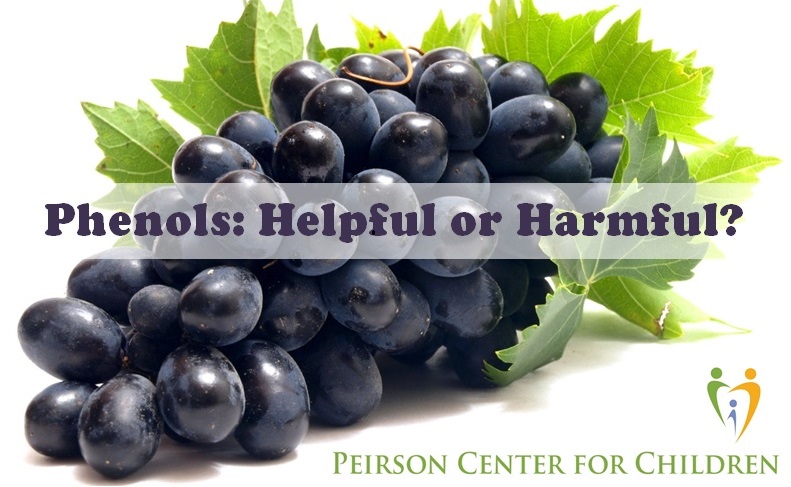


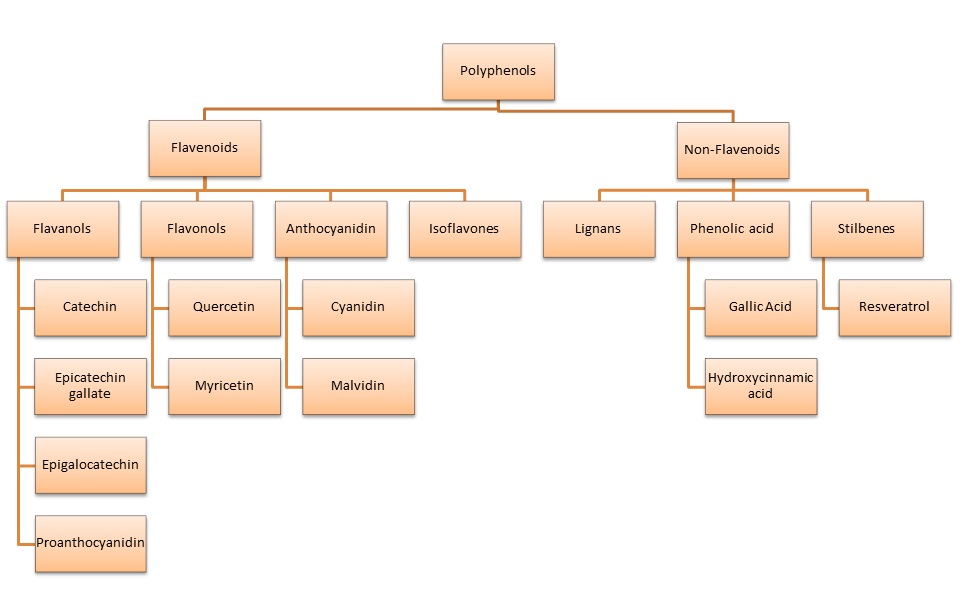

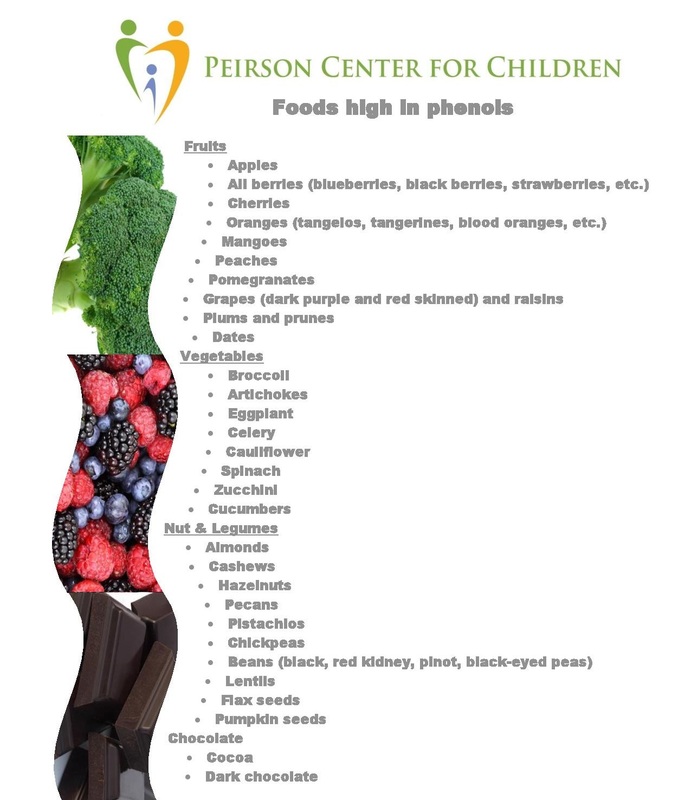
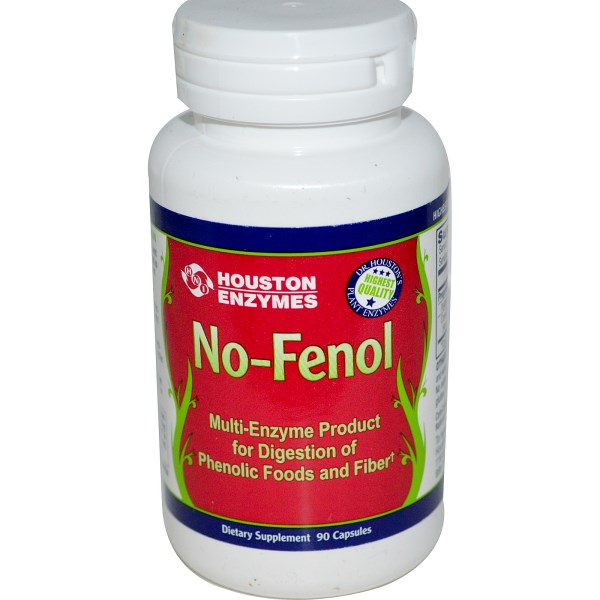
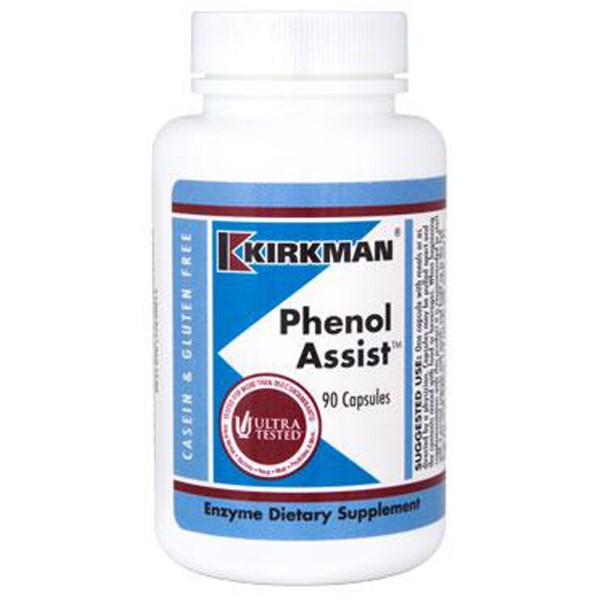
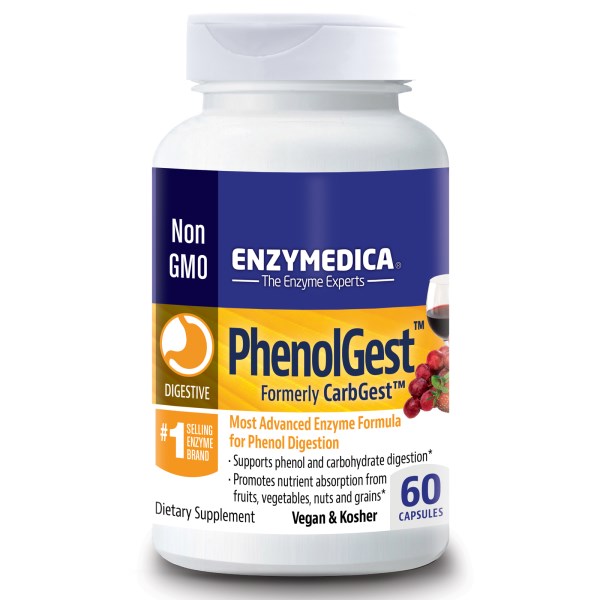

 RSS Feed
RSS Feed